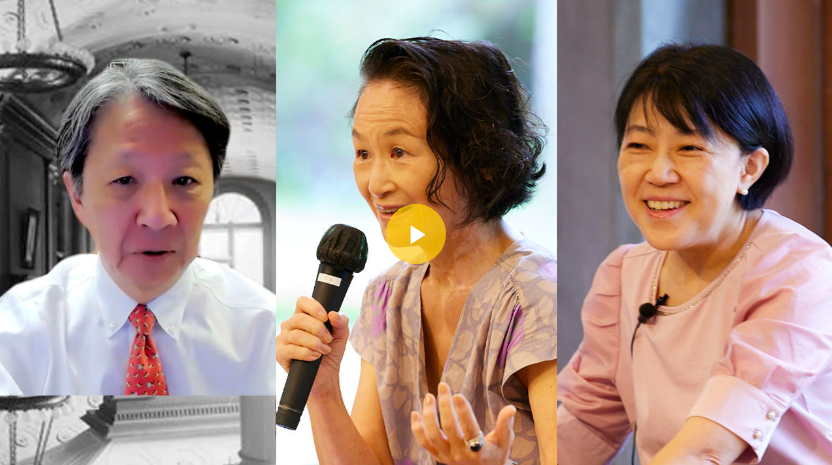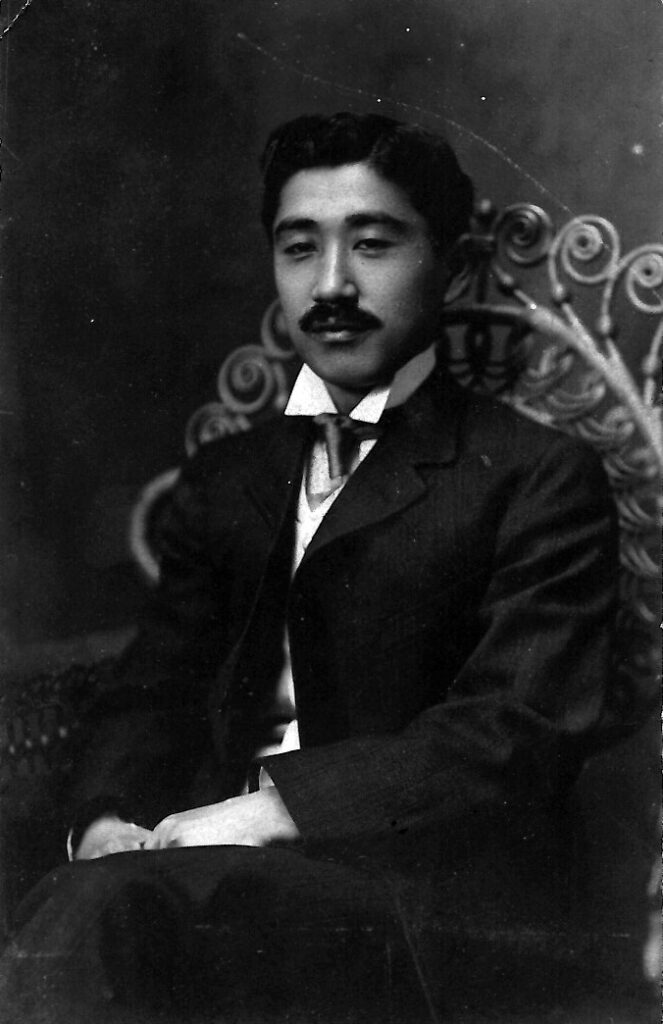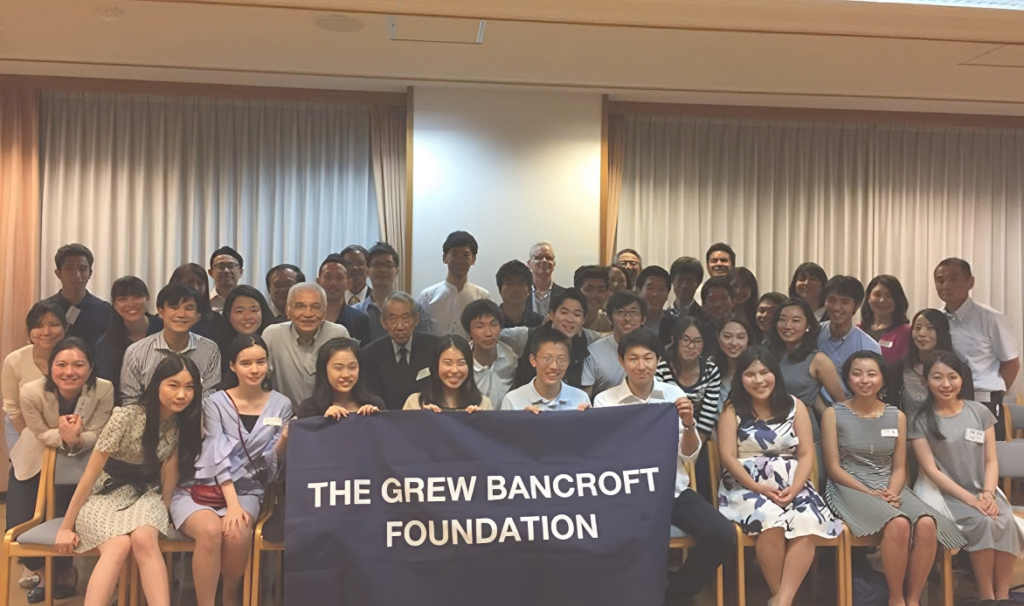展覧会
Japanese Artists’ Activities and Exhibits through newspaper articles, exhibition catalogs, and images of the artworks. 1917-1918 Exhibitions of the Japanese Art Association Learn More > 1922 Gacho-kai Exhibition Learn More > 1920s The Salons of America and the Society of Independent Artists Exhibition Learn More > 1927, 1935, 1936 The New York Shimpo and the Japanese Artists Exhibition Learn More > The Great Depression and Japanese Artists Learn More > 1936-1941 American Artists’ Congress and Exhibition of the Municipal Art Committee Learn More > 1945 Outbreak of War between Japan and the U.S. Learn More >
HOME
Japanese Artists in New York City – Artistic Traces from the 1910s to the 1940s – Main Menu Introduction Visit Exhibits Timeline Image Archive References Curator Talks Introduction The first exhibition of the Society of Independent Artists in 1917 is probably best known for the controversial “Fountain” by Marcel Duchamp. At this non-juried, non-prize-awarding exhibition, Japanese artists who were active in New York at the time also exhibited a number of works. Some of these artists, such as Yasuo Kuniyoshi and Isamu Noguchi, have become quite well known and are featured frequently in art museums to this day. When Kuniyoshi and Noguchi were working in pre-WWII New York however, there […]
「明治モダン:女性教育の今と昔」パネルディスカッション

“Meiji Modern: What Women’s Education Means Then and Now” Panel Discussion This event, presented by Asia Society Japan, featured a moderated panel discussion at The International House of Japan in Tokyo in person and online on August 28, 2023. Discussion focused on the significance of women’s education in Japan since the time the country was modernizing 150 years ago. Digital Museum of the History of Japanese in New York Founding Board Chair Dr. Nick Homma spoke about the first Japanese women sponsored by the Meiji government to study abroad in the United States. Former International Christian University President Dr. Junko Hibiya discussed gender issues that continue today. The discussion was […]
Norio Araki

Spirit and Sacrifice Beyond the Diamond
Spirit and Sacrifice Beyond the Diamond: 150 Years of Japanese Baseball Courtesy of the Japanese Baseball Hall of Fame and Museum. There had been no greater agency in bringing our different races together than our nation’s game, baseball. Baseball is our real melting pot. – Frederick Lieb, American sportswriter and baseball historian (1923) About The Exhibit In 2022, Japan celebrated baseball’s sesquicentennial – the 150th birthday of a national pastime and obsession in the Land of the Rising Sun. What started as a school sport in Tokyo has forged a path for many Japanese players to make it to the Major Leagues, with names such as Ichiro, Matsui, Darvish, Tanaka, […]
Community Announcements
Add New Post
グルー・バンクロフト財団

The Grew Bancroft Foundation provides 4-year undergraduate scholarships to Japanese students attending U.S. liberal arts colleges. The Foundation is named for Joseph C. Grew, U.S. Ambassador to Japan (1932-42), and Edgar A. Bancroft, U.S. Ambassador to Japan (1924-25). Over the past 90 years, more than 200 scholars have graduated from prestigious colleges, and 36 students are currently enrolled. The Grew Bancroft Foundation announced the Sutematsu Scholarship, initiated by Akiko Kuno, great-granddaughter of Sutematsu Oyama and a trustee of the Grew Bancroft Foundation. It is designed to promote women leaders at leading liberal arts colleges in the US. www.grew-bancroft.or.jp/
Add New News Post
Add New News Post
Add Artifact
Add New Artifact
Video
Quakers and Japan. March 23rd, 2023 https://www.historyofjapaneseinny.org/wp-content/uploads/videos/GMT20230323-211746_Recording_1280x720.mp4#t=6.6

